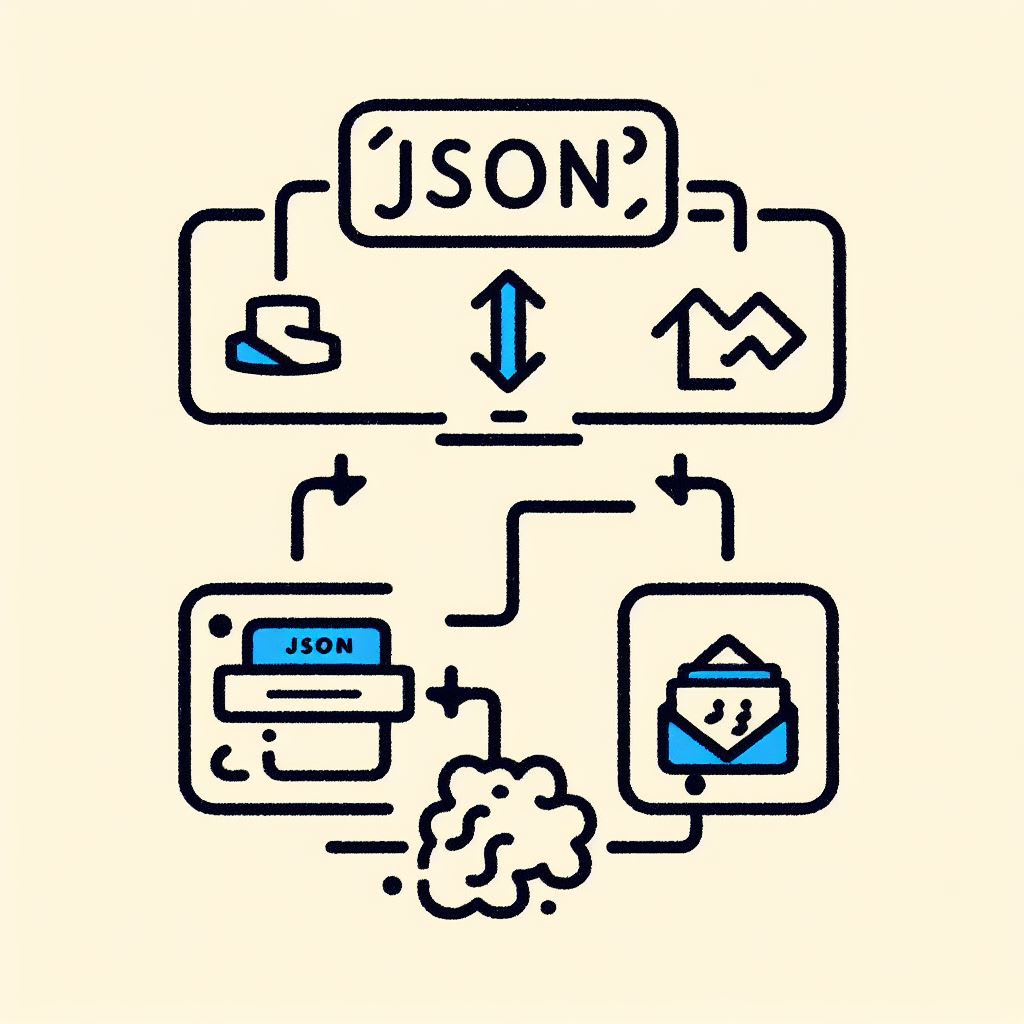x-www-form-urlencoded

Explore how "application/x-www-form-urlencoded" is used to encode HTML form data into a string of key-value pairs, and learn how to implement it using JavaScript's Fetch API, XMLHttpRequest, and URLSearchParams interface. Read more
multipart/form-data

Learn how to use multipart/form-data for file uploads in HTML forms using JavaScript. Understand how to set the enctype attribute, use the FormData object, and append files for transmission with XMLHttpRequest. Read more
Form enctype

Explore the enctype attribute in HTML forms, its three possible values, and how they affect data encoding when submitting forms. Learn when to use each encoding type for optimal data transmission. Read more
Form action

Learn about the "Form action" attribute in HTML forms, how it works with GET and POST methods, and why it's crucial to set it correctly to prevent data loss or security issues. Read more
File uploads

Learn how to upload files in HTML forms. Understand the enctype attribute, the accept attribute, and the POST data. Read more
HTTP Headers

Explore the role of HTTP headers in HTML forms and JavaScript, how to set them, and their impact on client-server communication. Read more
HTTP Request

Learn about the role of HTTP requests in web communication, how HTML forms use them to send data to servers, and how JavaScript can manipulate this process. Read more
HTTP Response

Learn how HTTP responses work when interacting with HTML forms and how to handle them using JavaScript and the Fetch API. Understand the importance of HTTP status codes and how to manage them in your code. Read more
Form Endpoints

Learn about form endpoints in HTML forms and explore alternative methods to send data to a server using JavaScript's fetch API and AJAX. Read more
HTML Forms

Learn about HTML forms and how they enable user interaction on websites. Discover how to create forms using different input types and understand the role of the "action" and "method" attributes. Read more
HTTP Methods

Explore the role of HTTP methods, particularly GET and POST, in HTML forms and JavaScript. Learn how to use these methods with the `fetch` API to make HTTP requests. Read more
Query Parameters

Explore the role of query parameters in HTML forms and JavaScript, including how they can be used to pass data within a URL, pre-populate form fields, and manipulate the URL for a smoother user experience. Read more
Client-Side Validation

Explore the importance of client-side validation in HTML forms using JavaScript and HTML5 input validation attributes. Learn how to implement these techniques for improved data integrity and user experience. Read more
Server-Side Validation

Explore the importance of server-side validation in HTML forms. Learn how it enhances application security, ensures data integrity, and complements client-side validation, with a practical example using Python Flask and WTForms. Read more
HeroTofu is a set of tools and APIs designed to help Developers and Marketers.
© 2025 HeroTofu by Munero






